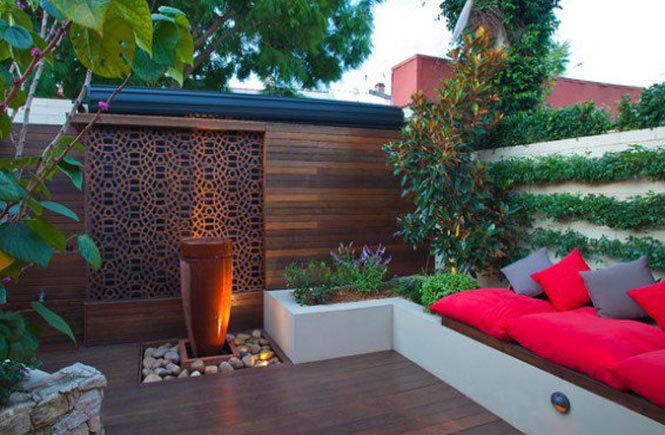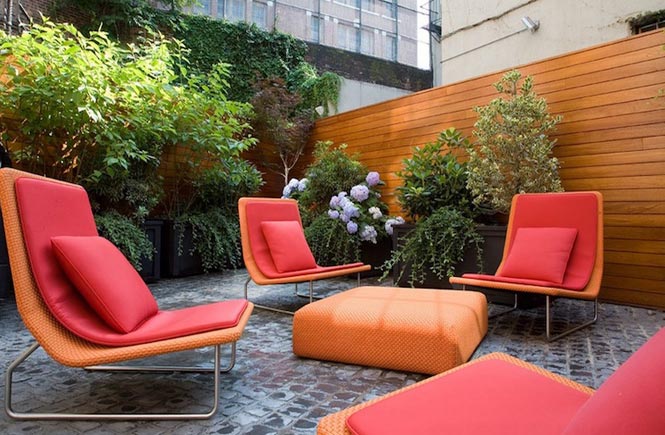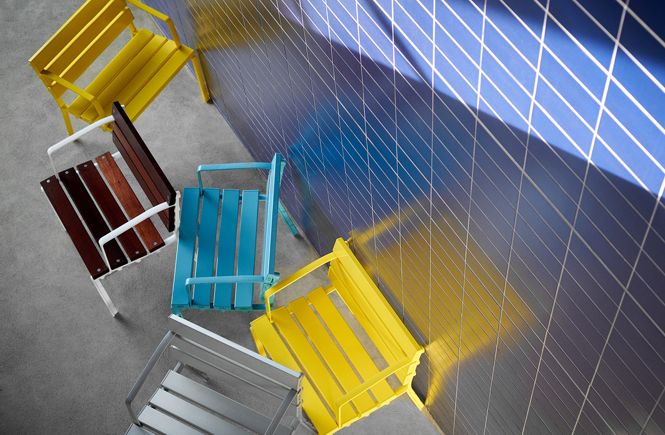Landscape design is all about making the best of your property, whether it is small or large, rectangular or an odd shape, sloping or flat. If you are working out what you want by yourself, the best idea is to take it slowly, especially if you’ve just moved in and are not sure about the prevailing wind direction, soil type or exactly what you want. If you rush the process it is highly likely that you will inadvertently make mistakes and some of them can be difficult or costly to fix later on. For instance, planting a tree in the wrong position; you’ll either have to cut it down or have it pulled out. Worse still, if you had concrete or tiles laid somewhere and then found it was not the best spot due to heat or wind.
If you rush the process it is highly likely that you will inadvertently make mistakes and some of them can be difficult or costly to fix later on. For instance, planting a tree in the wrong position; you’ll either have to cut it down or have it pulled out. Worse still, if you had concrete or tiles laid somewhere and then found it was not the best spot due to heat or wind.
So here are 7 tips to help you avoid mistakes and get the landscape of your dreams.
- Start with a list of things you want and need for your lifestyle. Things like space for children to play, a swimming pool, a vegetable garden or an outdoor dining area can be all part of the design in your garden. But unless you give it some thought you can easily miss something you would like and then find there’s nowhere to put it.
- Look at what sun and wind patterns will affect your garden. Find out what direction the prevailing wind comes from, so you don’t site your alfresco area there without shelter. Are summers hot? You’ll need shade for the children and protection on that west side. Any seating would be better on the north side for maximum sun in cool climates.
- Start slowly and try things out. Take a folding chair out and sit in the location you’ve chosen for the alfresco space, just to see what it’s like. Dream a little about how things could change with the addition of shrubs, a tree, a retaining wall or hedge.
- Start with something small, like a flower bed. Work on that for a while and enjoy it rather than rushing to get it finished.
- Choose a focal point – or several – in your design that can draw the eye, and move it to various points in the design. This can be a hardware feature such as a sculpture or water feature, a row of pretty shrubs or a tree with stunning leaves.
- Think in terms of scale and pacing. Scale is important because you don’t want to overwhelm a small garden with huge trees, or have a bare looking bigger yard with just annuals around the edges. There needs to be some repetition, but also variation in size of plants and spaces.
- Our tastes change over the years so don’t be afraid to change something you don’t like.




